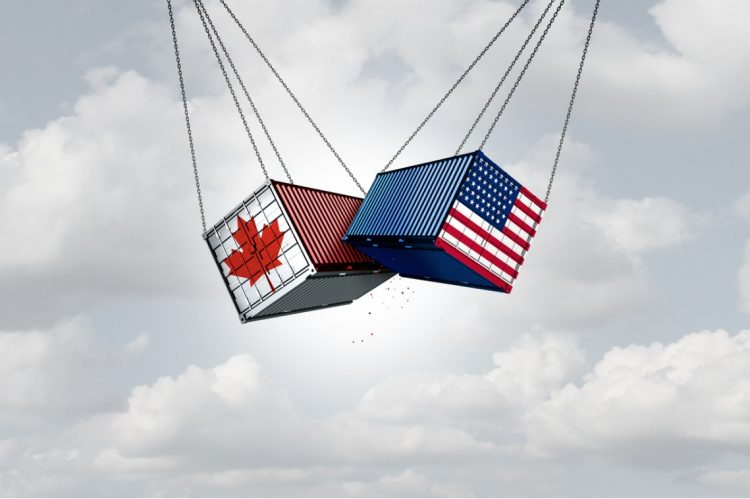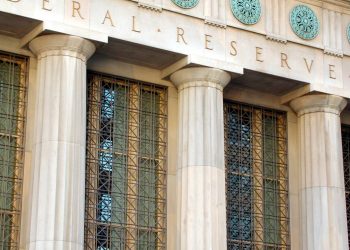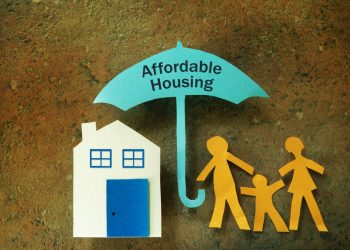On Sat., Feb. 1, President Donald Trump imposed previously promised tariffs, implementing a 25% tax on imported goods from Mexico and most from Canada (energy related goods are only 10%) and an additional 10% tax on imported goods from China.
5 Key Reasons FSBOs Regret Not Using a Real Estate Agent
People don’t normally DIY it when a lawyer, electrician or other professional is needed. But some homeowners think selling their properties with no agent will save gobs of money on commissions. Read more.
Business Tip of the Day provided by
Categories
The Most Important Real Estate News & Events
Click below to receive the latest real estate news and events directly to your inbox.
By signing up, you agree to our TOS and Privacy Policy.













